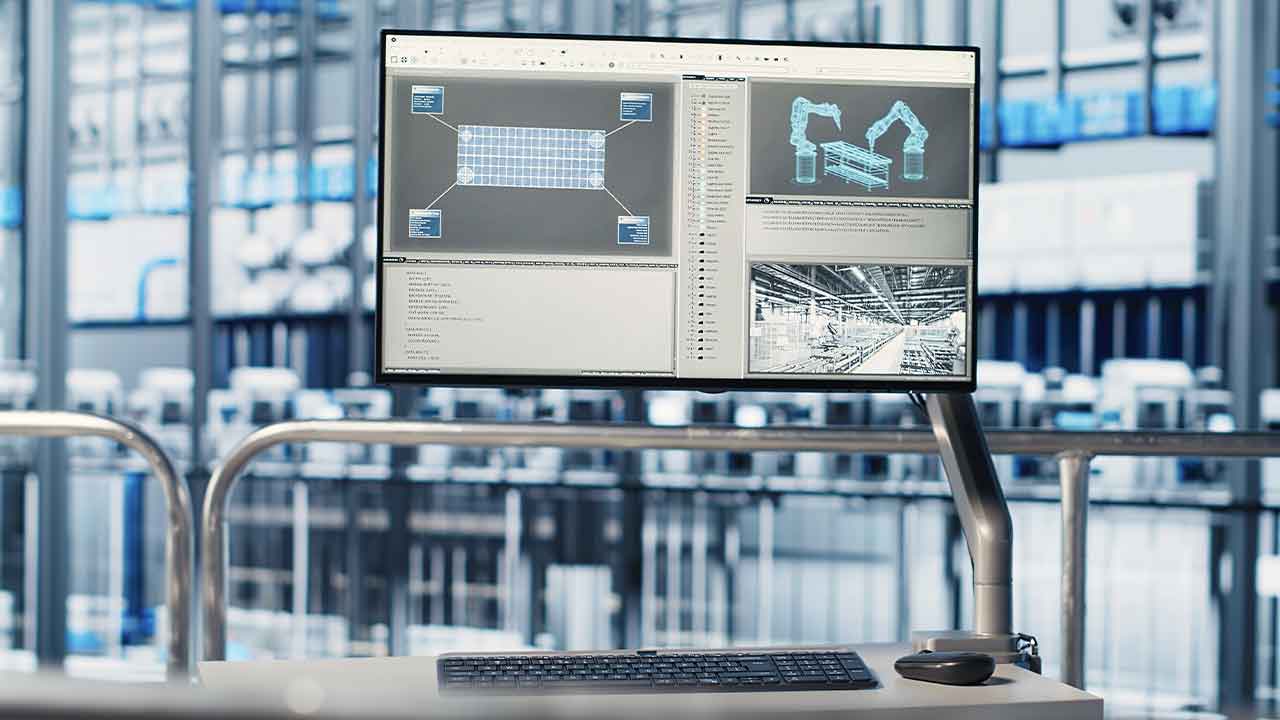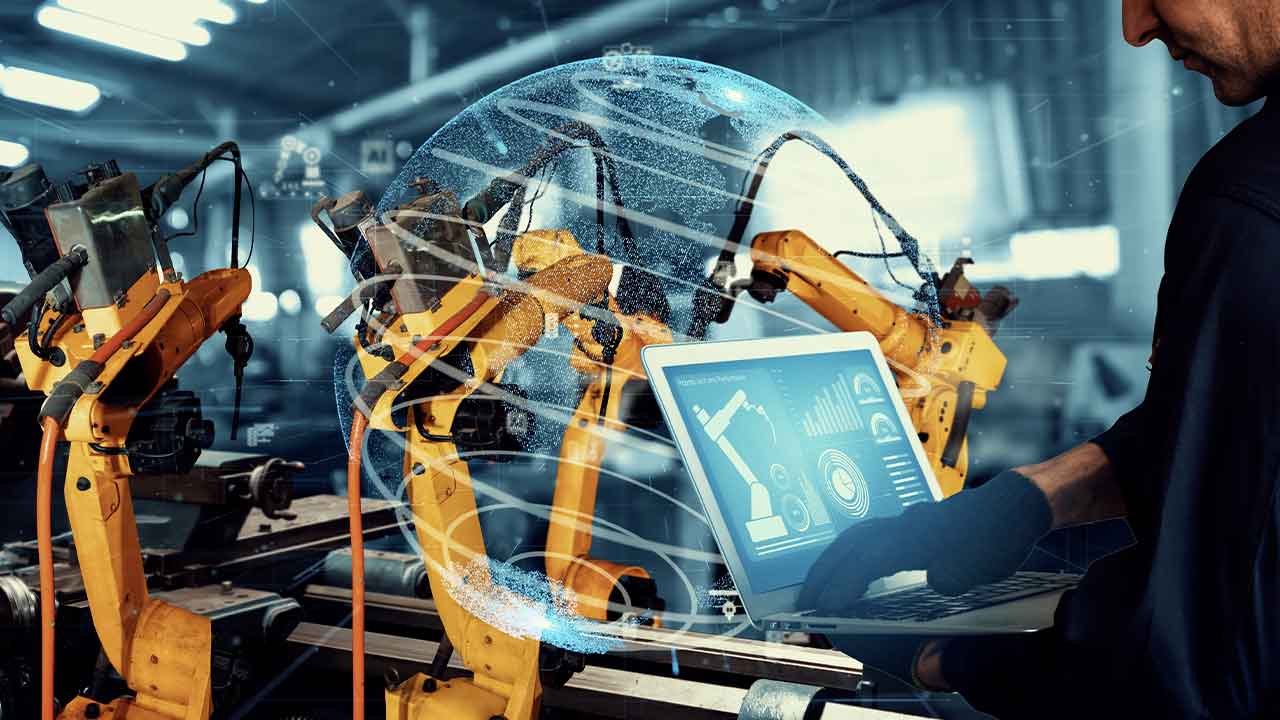Circularity is Good Business: How Industrial Companies Can Profit from Sustainable Design | SPONSORED
Circularity isn’t just a sustainability buzzword—it’s a smart business strategy. Speaking from Schneider Electric’s circularity-themed booth, Hany Fouda, SVP of Process Automation, outlined how circularity can deliver resilience, profitability, and operational efficiency for industrial companies.
Why Circularity Matters Now
The global business environment is shifting rapidly. Customers are demanding not just supply chain resilience but operational models that reduce waste and improve productivity. Circularity answers that call. It’s not only about sustainability—it’s about doing more with less, designing smarter, and using finite resources efficiently.
Circular practices allow companies to reduce raw material usage, extend product lifecycles, and reuse components—all of which make economic sense. As Fouda put it, “Resources are finite. We need to build up a way to manage what we have, reuse it, and develop it again so that it can last longer.”
Real Impact, Real Numbers
Schneider Electric’s commitment to circularity is backed by tangible results. In 2021, circular products accounted for about 7% of the company’s portfolio. By 2024, that number had climbed to 36%. This shift began with embedding circular principles into product design—using recycled materials and creating packaging that can be reused across product lines.
The company also supports customers in extending the life of their assets. Small upgrades—such as software updates—can keep systems running efficiently without the need for full replacements. “I still use an iPhone version that works with new software upgrades,” Fouda noted, drawing a parallel between consumer tech and industrial assets.
At end-of-life, products are taken back, disassembled, and given a second life—either through part reuse or full refurbishment for new users. This lifecycle thinking strengthens both economic and environmental performance.
Bringing Customers into the Process
One of Schneider’s most effective tools is inviting customers to see circularity in action. With over 200 factories worldwide, many of which are considered lighthouses, customers can see firsthand how digitization and circular practices reduce waste, conserve water and energy, and cut raw material use.
The idea is to show—not just tell—how a circular model works. “Once they see it with their own eyes, they believe in it,” said Fouda. And with the right roadmap, customers can start applying similar principles within their own operations.
Digital as the Great Enabler
Digital transformation is a key enabler of the circular economy. By making processes visible through digitization, companies can uncover inefficiencies and act on them quickly. Operators are empowered with real-time data, eliminating manual reporting and accelerating decision-making.
“When we digitize processes, the operator can see the waste in a metric they can understand,” Fouda explained. “Make the invisible visible—that’s the starting point of change.” When teams understand the impact of their actions, they take ownership of the process and feel pride in driving improvement.
A Program, not a Switch
Fouda emphasized that becoming circular doesn’t happen overnight. It’s a change management process that requires consistent effort, planning, and education. But the reward is clear: lower costs, reduced waste, and a more resilient business model that can adapt and thrive in a resource-constrained world.
Circularity is not just good for the planet—it’s good business.
Sponsored by Schneider Electric
About the author
Lucian Fogoros is the Co-founder of IIoT World
Related articles:
- Why Circular Manufacturing Needs Automation, AI, and Modular Design to Compete
- AI, Open Systems, and Automation: The Keys to Sustainable, Autonomous Manufacturing



